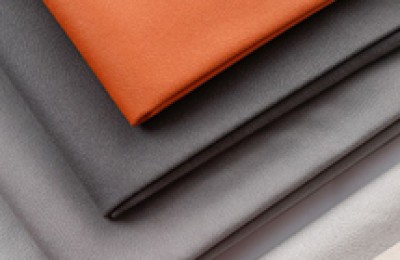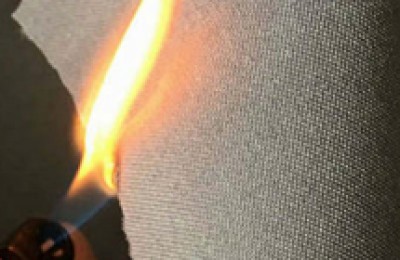According to feedback from cotton trading companies in Qingdao, Shanghai, Zhangjiagang and other places, the main contract of ICE cotton futures has continued to consolidate at 85-88 cents/pound in a narrow compartment since early March, and the contracted transaction volume of foreign cotton and cargo at the port has been higher than 1 , the obvious slowdown in February, the depreciation of the RMB, and the very tight 1% tariff import quota. In recent days, some foreign investors and cotton companies have shown a slight loosening and correction trend in the quotation basis of US cotton, Brazilian cotton, West African cotton, etc., among which Brazil The basis difference of cotton and Indian cotton is relatively strong, and traders have limited profit margins, while the basis difference of medium and high-grade US cotton such as 31-3/31-4/41-4/41-3 has fallen slightly larger.
A trader in Zhangjiagang said that the current short-term reduction in the basis of US cotton cargo, bonded and customs clearance cotton is expected. On the one hand, the quantity of US cotton arriving in Hong Kong and warehousing in January, February and March is relatively small. Large (mainly new cotton in 2020/21), the storage capacity is very tight; coupled with bonded + customs clearance cotton inquiries and shipments are relatively light, the pressure on traders continues to rise; on the other hand, affected by the fundamentals of U.S. cotton, US$1.9 trillion With favorable support such as the introduction of the economic stimulus package and the meeting between Chinese and American high-level officials on March 18-19, the basis difference of U.S. cotton is significantly higher. The quotation price lags behind Brazilian cotton and Indian cotton, and U.S. cotton is not competitive enough. On March 16-17, Qingdao Port US cotton spot 31-3 37 (strong 29GPT) RMB net weight quotation was 16700-16900 yuan/ton, while the “double 28” Xinjiang cotton quotation in Shandong, Henan and other inland warehouses was 16250-16350 yuan. / ton (due to differences in quality indicators, impurities, etc.), it has a slight advantage over the price of customs-cleared US cotton; in addition, a few cotton importing companies reported that after the Spring Festival, there are signs of stabilization and tightening of central bank credit, and 90-day letters of credit purchase ships Cotton outside the goods is more or less affected.
Some textile companies in Jiangsu, Shandong and other places call on relevant departments to issue additional cotton import quotas with sliding tariffs in 2021 as soon as possible, which will help cotton-using companies sign contracts with foreign cotton and supplement raw materials at low prices. First, the main ICE futures contract in March/April still has a chance to fall back to the 80-85 cents/pound range, giving buyers the opportunity to enter the market to get goods; second, the current 1% tariff import quota is scarce, and it is concentrated in large and medium-sized cotton-related products. In the hands of enterprises; third, the overall decline in Xinjiang cotton grade, quality and other indicators in 2020/21 is relatively obvious. The early issuance of additional import quotas will help textile and garment enterprises receive orders and avoid risks. As the global epidemic reaches an “inflection point”, vaccinations are accelerated, and monetary policies in various countries continue to be loose, the demand for mid-to-high-end textile and garments has rebounded with retaliation (although European and American orders have been transferred to Southeast Asian countries in large quantities, due to equipment, technology and personnel levels, supporting capabilities, etc. restrictions, high-end product orders still return to China); fourth, the U.S. government’s import ban on Xinjiang cotton products has not been lifted. </p







